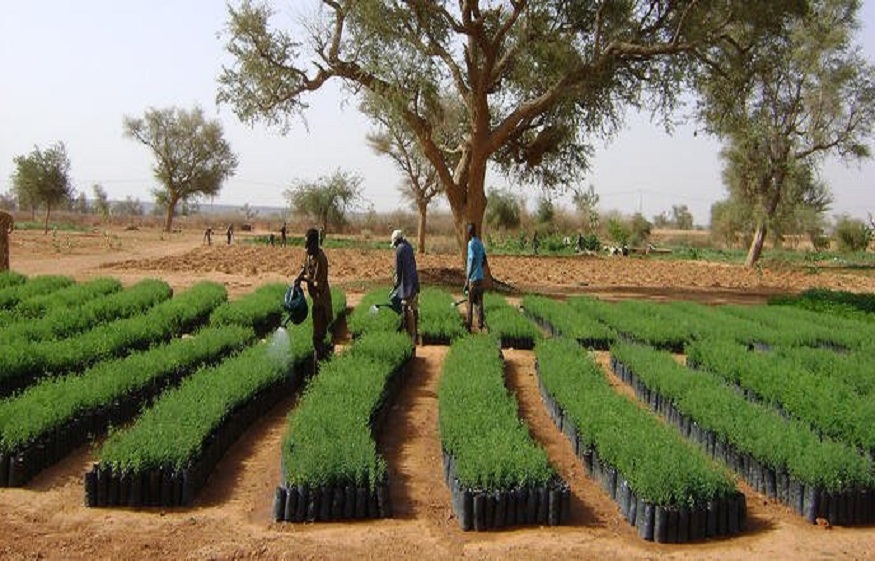Did you know that the correct tree spacing when planting a tree is one of the most important factors in determining its future health and growth? And it’s one that we know a LOT about at David Fairley Gardens. New trees require space for their roots to grow as well as spaces between leaves for abundant light and air circulation. Improper or insufficient spacing can have long-lasting negative effects on the growth of your new trees. Let’s take a closer look at why, how, and what you should consider when spacing your new trees.

Why is tree spacing so important?
As is the case with all plants, trees require a certain amount of space from their neighbours. The amount of space needed for each tree species depends on the type of root system (how the roots grow). Some roots grow close to the surface, and others go deep into the ground. The space between trees can also influence how much sun different trees can get, which can affect the type of tree that grows best in the spot. The amount of space needed between trees also depends on the type of soil and the amount of moisture in the soil. In general, trees with surface roots need more space between trees than trees with deep-growing roots. Soil that is loose and porous, with plenty of room for air, allows roots to grow easily. Soil that is compact and tightly packed reduces the space available for root growth and makes it harder for water and air to get to the roots.
How to space your trees correctly
The best way to correctly space your trees is to start with healthy trees that have been grown in containers. This will ensure that the trees are strong, disease free, and the appropriate size. Once your tree has been selected and is ready to be planted, you can use a generalised chart (or our expert advice) to determine the correct planting spacing for your trees. You will need to know the tree species, the tree diameter at breast height (DBH), and the tree height.
Tree Species and Spacing
When planting trees, there are several factors to consider, including species, height, and the amount of sun the tree needs. It’s important to select trees that will work best in your growing conditions, such as soil type and amount of sunlight. While we will give you a general idea of what species work best in your growing conditions, keep in mind that other factors, such as root system, also play a big role in the type of tree that will work best in your space.
Tips for Proper Tree Planting Spacing
– Plant your trees at the correct distance from each other, and the correct distance from the house. This will help the trees grow straight and strong, without unnecessary competition for space and nutrients. If you don’t space your trees properly, it’s possible that they will grow towards each other and end up intertwining, creating an unattractive and unhealthy look.
– Be cognizant of the tree species you are planting. Some trees, like pecans, should be planted farther apart than other trees like oaks.
– Consider how the mature trees will look when they are fully grown in the future. This will help you determine how far apart to plant your trees while they are young.
Summary
When planting a tree, it is important to consider the future mature height of the tree. This will help you determine the amount of space needed between the trees to avoid overcrowding. There are a variety of factors to consider when spacing your trees, including species, amount of sun, soil type, and amount of water required. The best way to correctly space your trees is to start with healthy trees that have been grown in containers. You can use the following chart to determine the correct planting distance for your trees. If you follow these tips for spacing your trees properly, you can help them grow strong and healthy. This will ensure that your trees live a long and fruitful life and provide plenty of shade and beauty for years to come.


